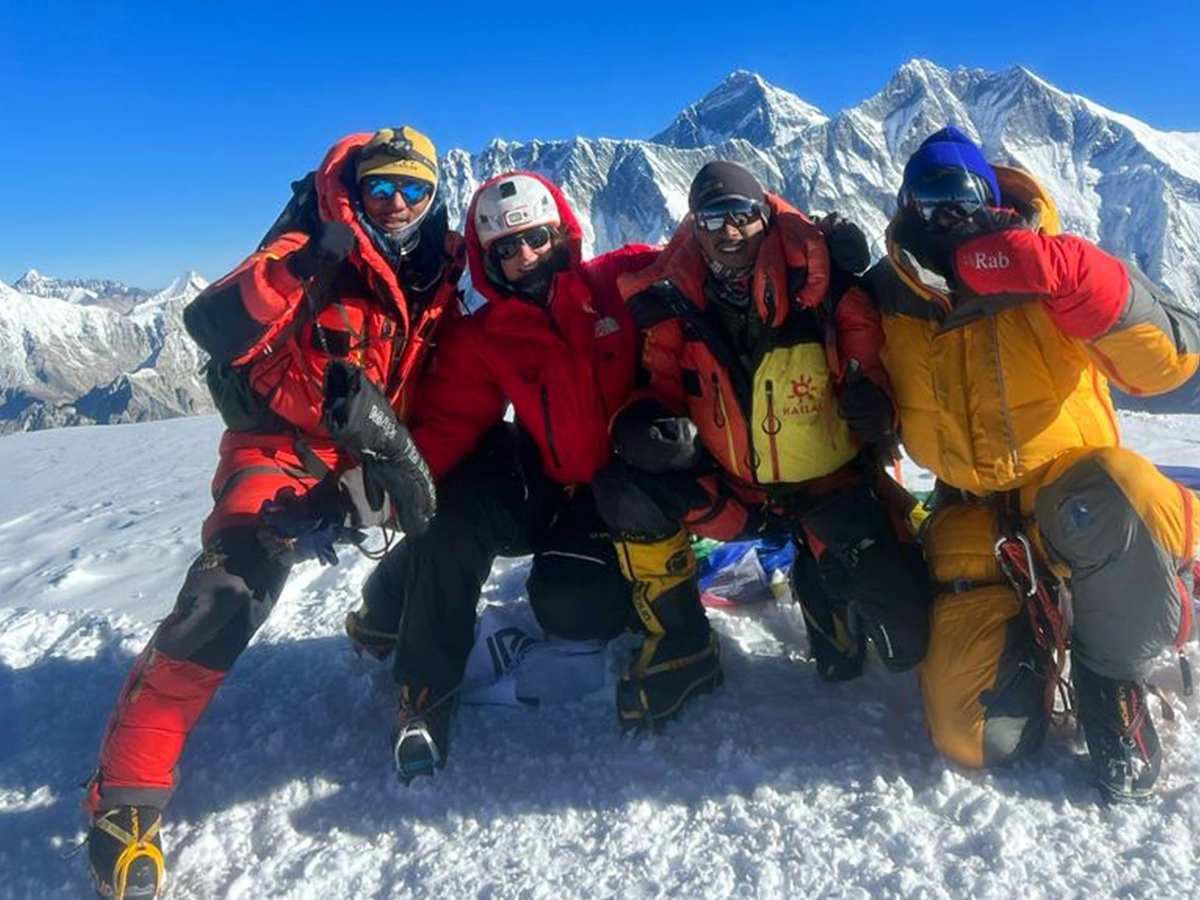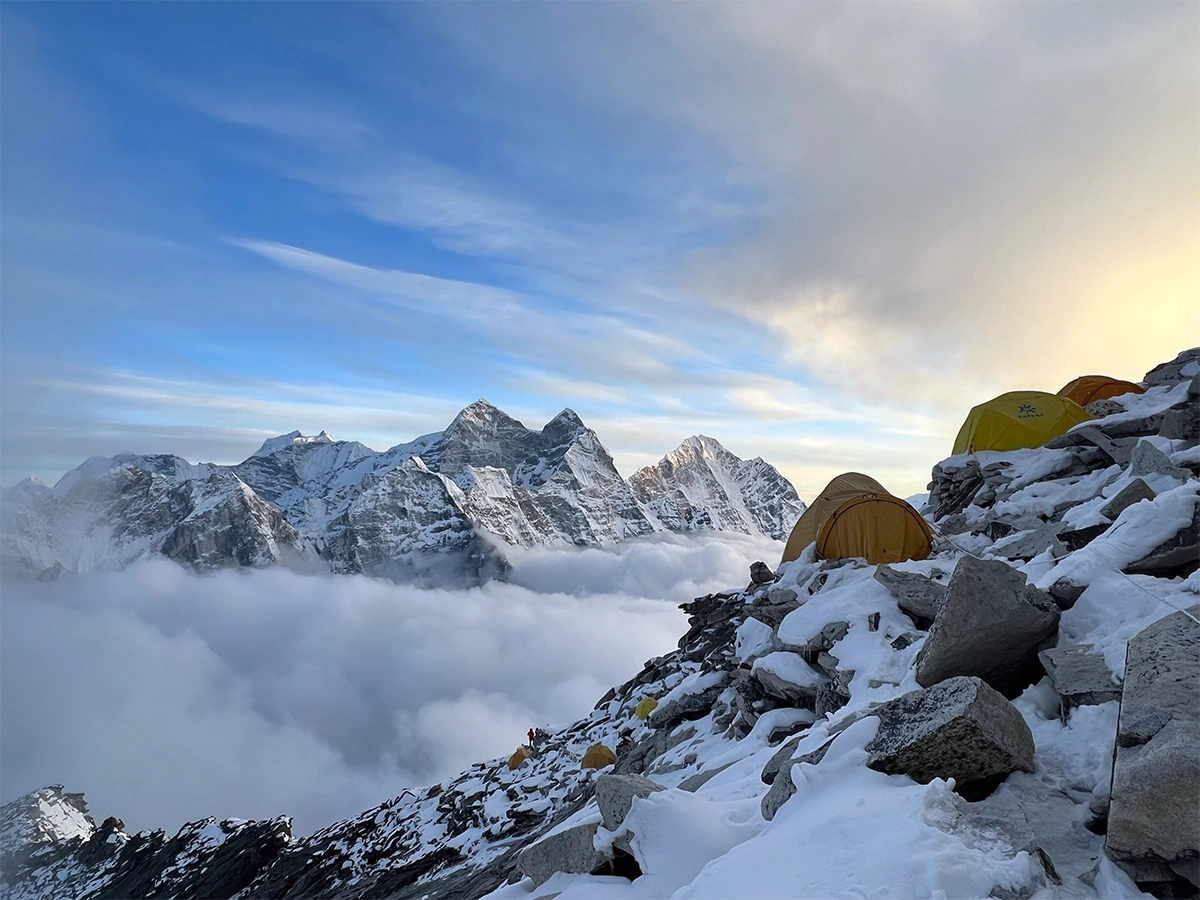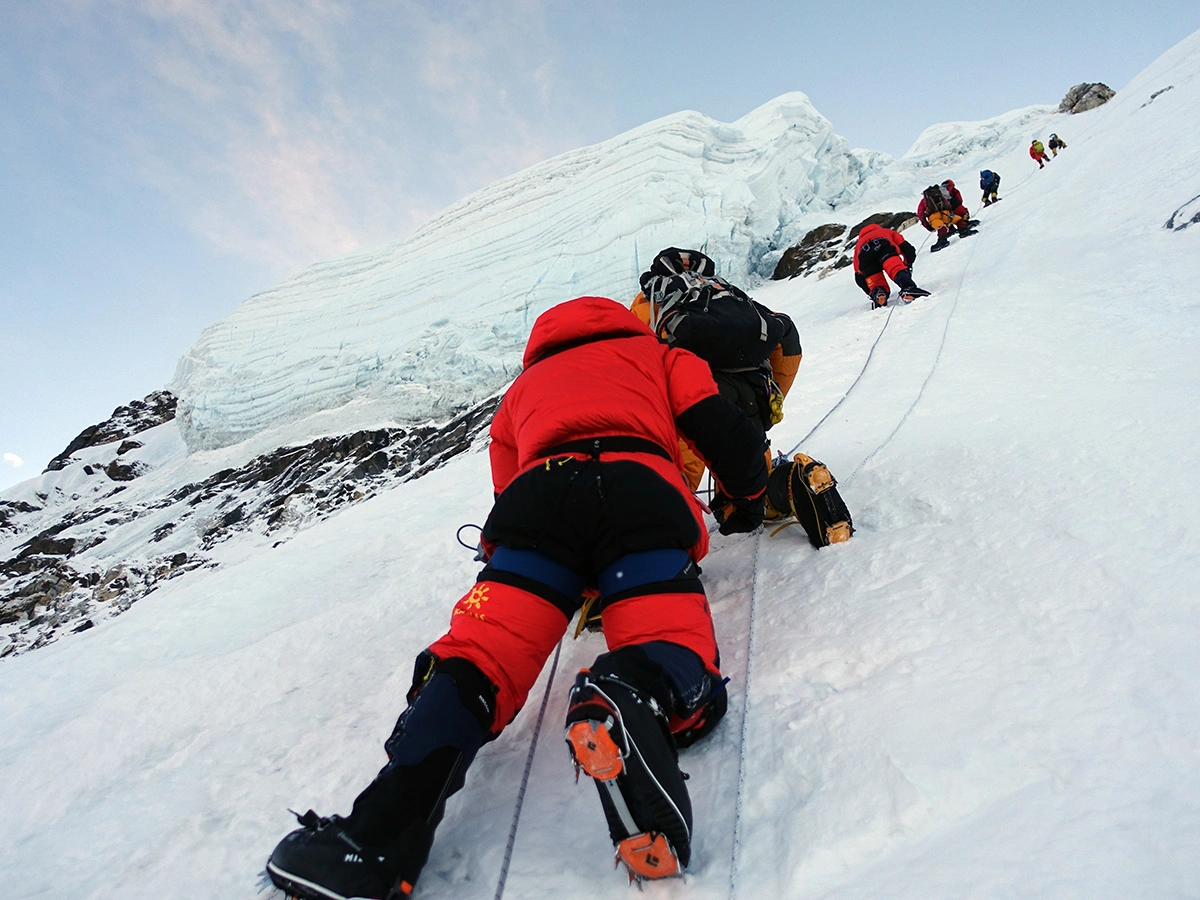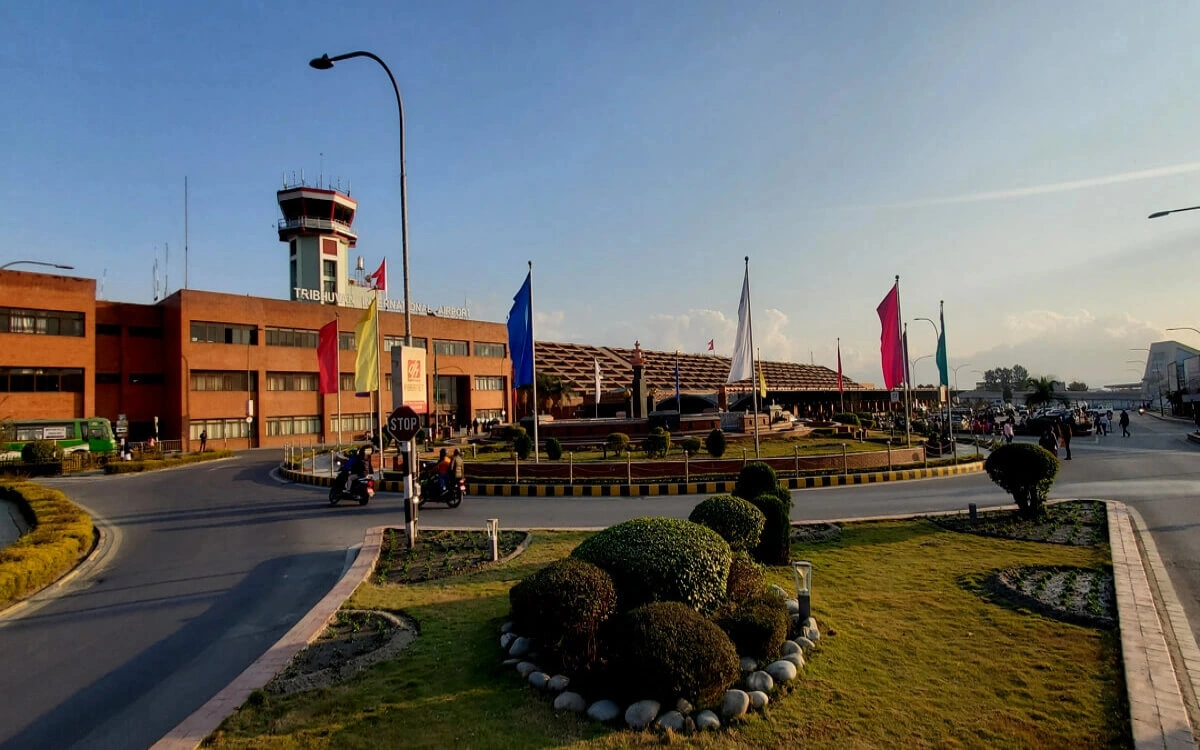Ama Dablam and Lobuche East Peak Climbing with Everest Base Camp Trek: Overview
GMT Adventures takes you on an ultimate Himalayan adventure on a thrilling Ama Dablam and Lobuche East Peak Climbing expedition with the Everest Base Camp Trek. On this 27-day journey, you will conquer three of the most revered destinations in the Khumbu region. You will summit the majestic Ama Dablam (6,812 meters) and Lobuche East (6,119 meters), and trek to Everest Base Camp (5,364 meters) on a single journey.
Considering the sheer duration and difficulty, this highly technical ascent is designed for experienced mountaineers looking for an ultimate experience and a profound sense of accomplishment. During this one-month Himalayan adventure, you will relish the extraordinary scenery, experience the rich Sherpa culture, and soak in the tranquil ambiance of the Everest region.
The Ama Dablam and Lobuche Peak Climbing with Everest Base Camp Trek takes you to high-altitude regions. From these viewpoints, you can enjoy the vast landscape of the Khumbu region with an unparalleled panoramic view of Everest, Lhotse, Nuptse, Makalu, and surrounding peaks. Despite the technical difficulties and high elevations, we prioritize your safety above all else. For a safe and successful ascent, our itinerary includes strategic acclimatization days to allow your body to cope with the increasing altitudes. This significantly reduces the chances of Acute Mountain Sickness (AMS).
Furthermore, during the Lobuche East and Ama Dablam expeditions, you will receive intensive training and support from our expert guides. You will participate in rotation camps, which will allow you to hone your climbing skills and acclimate to the harsh conditions.
The 27-day Ama Dablam and Lobuche East Climbing with Everest Base Camp Trek demands physical and mental strength. If you have it in you to conquer these Himalayan giants, join our expert-led expedition today!
27-Day Ama Dablam & Lobuche East Climbing: Cost, Guides, Permits, and Logistics
The 27-day Ama Dablam and Lobuche East Climbing with Everest Base Camp Trek is a comprehensive Himalayan journey that takes you to three of the most revered destinations in the Himalayas. Due to the technical assistance, risks, specialized support, and duration, this expedition requires a substantial financial investment.
However, the cost of Ama Dablam and Lobuche East Climbing with the Everest Base Camp Trek can vary from one expedition to another. Depending on factors like support level, luxury preferences, season, and additional services, your pricing and budgets are likely to change.
GMT Adventures offers an all-inclusive package designed to provide a hassle-free experience. In this package, we include all essential government fees and permits, logistics, expedition services, compensation for our dedicated staff, and more.
Major Highlights of Nepal Ama Dablam and Lobuche East Expedition with Everest Base Camp Trek
- Thrilling mountain flight from Kathmandu to Lukla, the gateway to the Everest region
- Trek through the iconic Everest Base Camp route, experiencing vibrant Sherpa culture
- Explore Namche Bazaar
- Acclimatization hike to Hotel Everest View
- Visit the revered Tengboche Monastery
- Challenging Lobuche East Peak climbing (6,119m), offering panoramic views of Everest, Lhotse, Nuptse, and Makalu
- Journey to Everest Base Camp (5,364m), the foot of the world's highest peak
- Summit the stunning Ama Dablam (6,812m)
- Extensive technical training and acclimatization rotations through Ama Dablam's high camps
- Expert guidance and support from highly experienced Sherpa climbing guides
- Strategic acclimatization schedule to minimize the risks of altitude sickness
Understanding the Ama Dablam and Lobuche East Camp Systems
The Ama Dablam and Lobuche East expedition requires careful planning with strategic acclimatization. Climbers go through several high camps as they prepare for the summit push. These camps are essential for staging and adapting to the extremely high-altitude conditions. Strategic rotations here also give you time to hone your technical climbing skills.
Lobuche East High Camp (5,400 meters)
The Lobuche East High Camp is located above the Lobuche Village and offers a crucial staging point for climbers. Our Sherpa porters ensure the high camp is well-equipped, giving climbers an ideal rest point before the ultimate summit push.
Ama Dablam Camp 1: Glacier Entry (5,639 meters)
After a successful Lobuche East ascent, you will head toward Ama Dablam. Like Lobuche, you will find strategically placed high camps. Ama Dablam’s Camp 1 is placed on a rocky ledge. This point transitions regular trekking to serious climbing that involves challenging glaciers, crevasses, and rappelling fixed ropes, and the use of crampons and ice axes. You can spend up to two nights here for initial acclimatization.
Ama Dablam Camp 2: High on the Ridge (6,200meters)
Camp 2 is located at 6,200 meters on a relatively flat section of the Southwest Ridge of Ama Dablam. You will find better shelter here compared to the exposed Camp 1. From Camp 2, you will head to Camp 3 and descend back to practice the critical “climb high, sleep low” strategy.
Ama Dablam Camp 3: Approaching the Summit (6,400 meters)
Camp 3 is located beneath the technical sections of the “Yellow Tower” and the " q390-5rfcfGray Couloir”. This very high and challenging camp will likely require supplementary oxygen, especially while sleeping, due to the thin air. It is the final camp before the summit, where you will spend a single night before the final summit push.



